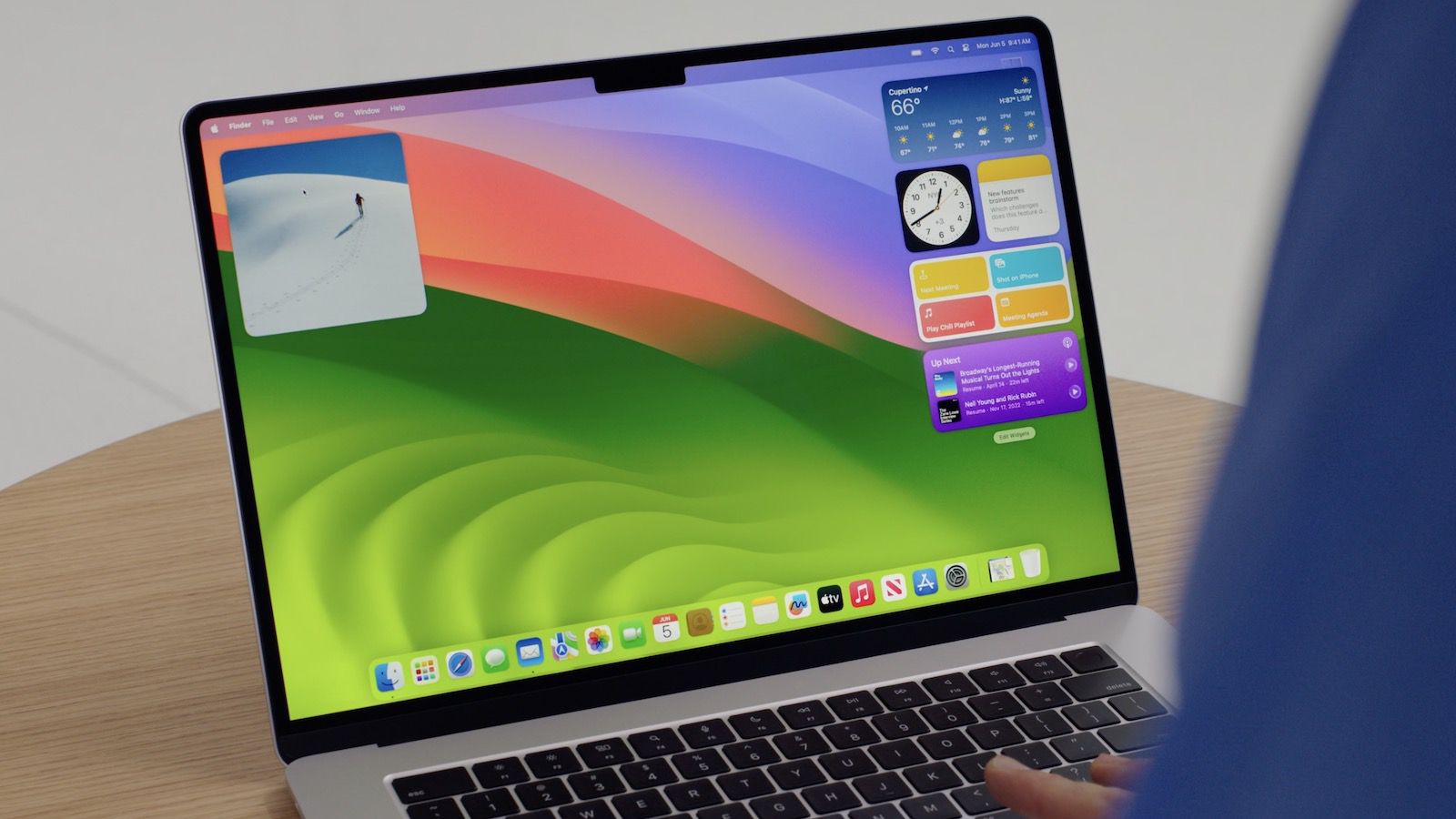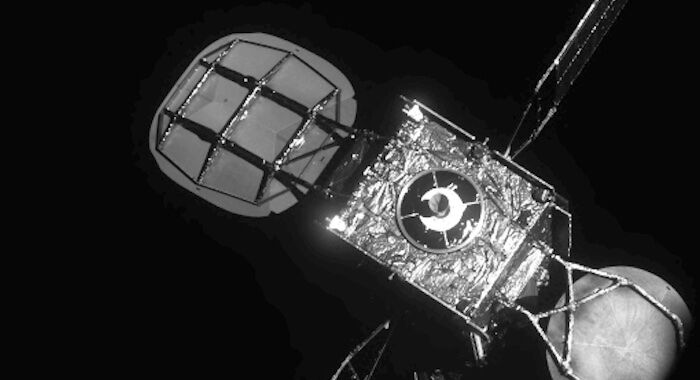/cdn.vox-cdn.com/uploads/chorus_asset/file/25429570/Rabbit_R1_top.JPG)
Key Takeaways:
- The Rabbit R1 fails to deliver on its large promises, often misidentifying objects and unresponsiveness to commands.
- The R1’s Large Action Model (LAM) shows no tangible evidence of its touted capabilities, with connections to Uber, DoorDash, and Spotify proving unfunctional.
- R1’s design and concept may appear whimsical and attractive, but its underperformance makes it a poor choice in comparison to a smartphone.
Today, the market is filled with a wide variety of hi-tech gadgets, each claiming to bring convenience and efficiency like never before. Among the extensive list, the Rabbit R1, a product of Rabbit Inc., has tried to carve a niche for itself. Tagged as an ultra-helpful AI assistant, the R1 caught the attention of many with its big promises and impressive demos. However, how well has it delivered on these promises? After hands-on experimental use, the Rabbit R1 falls short of expectations in several aspects.
Misinterpretation Blues
Despite being presented as an AI-powered device in the technological forefront, the R1 frequently misidentifies objects. From confidently identifying a Cool Ranch Dorito as a taco to calling a red dog toy a tomato, the gadget proves unreliable in its vision recognition capabilities. And it isn’t just about misinterpretations. The device often goes unresponsive mid-action, whether it involves playing a song or maintaining a conversation.
Another seeming defect is the incorrect information provision. An optimally functioning AI device should account for an up-to-date, real-time data bank, but the R1 often disappoints in this aspect. It couldn’t even relay accurate weather or time details until a software update was introduced recently. This only served to modify the earlier issue slightly, now providing weather details from approximately 15 miles away.
Broken Promises and Unfulfilled Ambitions
The Rabbit R1 resulted from the notion that AI could revolutionize ordinary objects and tasks. It was touted as an AI assistant that could do almost everything faster than a phone. However, as I spent time using this device, the gaps between promises and actual performance were glaringly apparent.
The R1 claims to use a Large Action Model (LAM) to make itself a handy helper. LAMs involve AI learning how an app operates to navigate it on your behalf. However, this claim hardly manifests in the way R1 functions. It currently connects to four apps: Uber, DoorDash, Midjourney, and Spotify. This connection process itself feels insecure and gives a distinctly uncomfortable user experience. Even after tediously connecting these apps, their functioning doesn’t improve significantly, thereby ridiculing the very purpose of having a LAM within a device like R1.
Inefficient Music Integration
A seemingly attractive feature of the R1 is its Spotify connection, providing a dedicated device for listening to music and podcasts. However, the desire to enjoy music with R1 was short-lived due to the hilariously hopeless integration. From playing the wrong songs and versions to giving cheery confirmations with no subsequent action, the device leaves the user exasperated times over.
Outperformed by the Ordinary
When the entire idea behind a device is overshadowed by an ordinary gadget everyone owns, it raises questions about the worth of the new device. The R1 aims to be a more efficient and convenient version of your smartphone. Yet, our smartphones still outperform the R1 on every front. For its $199 price tag, the R1 seems like a steep investment for something that currently delivers so poorly.
In conclusion, the Rabbit R1 is an example of an excellent idea poorly executed. During a time when AI is rapidly advancing, the hope is that gadgets like R1 can seriously step up their game towards promised deliverables. Otherwise, the smartphone’s convenience and functionality reign supreme, and the AI gadget revolution might not stand a chance.







